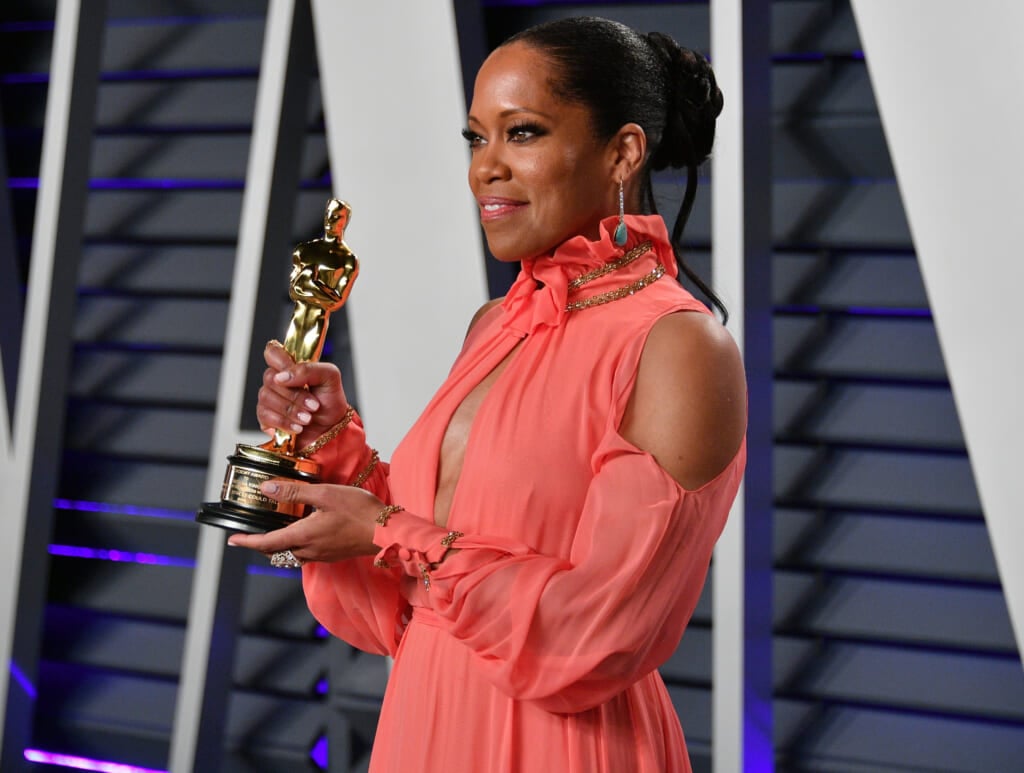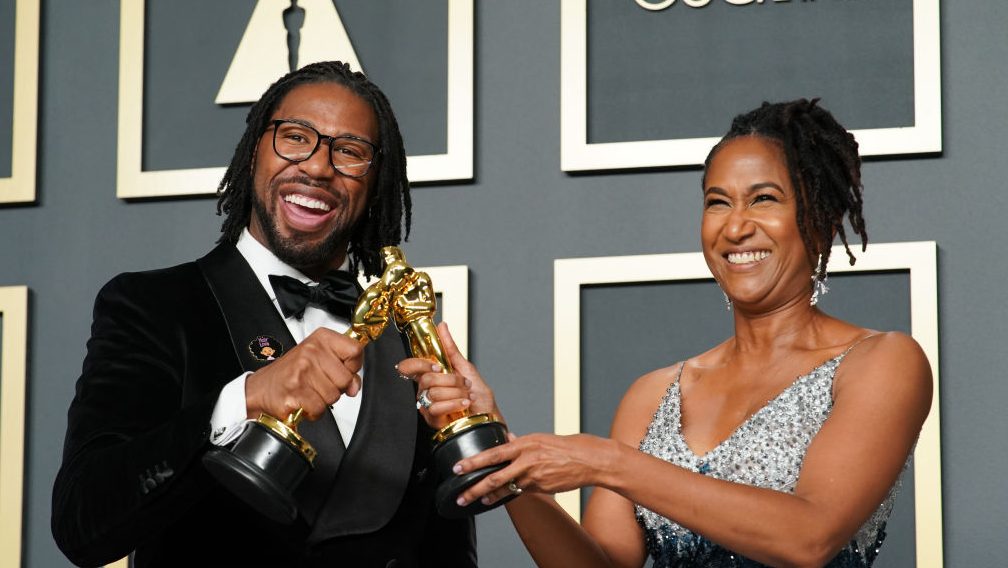Academy sets new inclusion requirements for Oscars Best Picture contenders
The new requirements go into affect in 2024
The Academy of Motion Picture Arts and Sciences just announced some major changes when it comes to Oscar contenders for Best Picture. As part of its Academy Aperture 2025 initiative, there’s a long list of new guidelines that hopefuls must meet if they want to be considered for the coveted award.
According to a press release, the new standards are designed to encourage equitable representation on and off screen in order to better reflect the diversity of the movie-going audience.
Read More: Academy delays 2021 Oscars ceremony because of coronavirus
Academy governors DeVon Franklin and Jim Gianopulos headed up a task force to develop the standards that were created from a template inspired by the British Film Institute (BFI) Diversity Standards used for some categories of the British Academy of Film and Television (BAFTA) Awards, and adapted them to serve the specific needs of the Academy.
“The aperture must widen to reflect our diverse global population in both the creation of motion pictures and in the audiences who connect with them. The Academy is committed to playing a vital role in helping make this a reality,” said Academy President David Rubin and Academy CEO Dawn Hudson. “We believe these inclusion standards will be a catalyst for long-lasting, essential change in our industry.”

Starting in 2022, Best Picture contenders will be required to submit a confidential Academy Inclusion Standards form, but the new guidelines won’t go into affect until 2024.
By then, a film must meet several inclusion standards to be eligible for a Best Picture nomination. They define underrepresented groups to include: Hispanic/Latinx, Black/African American, Indigenous/Native American/Alaskan Native, Middle Eastern/North African, Native Hawaiian or other Pacific Islander, or other underrepresented race or ethnicity, women, LGBTQ+, people with cognitive or physical disabilities, or who are deaf or hard of hearing.
Read More: Academy launches conversation series on race and gender equity in film
Here’s a rundown of the new rules:
A film must meet TWO out of FOUR of the following standards to be deemed eligible:
STANDARD A: ON-SCREEN REPRESENTATION, THEMES AND NARRATIVES
To achieve Standard A, the film must meet ONE of the following criteria:
A1. Lead or significant supporting actors: At least one of the lead actors or significant supporting actors is from an underrepresented racial or ethnic group.
A2. General ensemble cast: At least 30% of all actors in secondary and more minor roles are from at least two underrepresented groups.
A3. Main storyline/subject matter: The main storyline(s), theme or narrative of the film is centered on an underrepresented group.
STANDARD B: CREATIVE LEADERSHIP AND PROJECT TEAM
To achieve Standard B, the film must meet ONE of the criteria below:
B1. Creative leadership and department heads
At least two of the creative leadership positions and department heads are from one of the aformentioned underrepresented groups.
At least one of those positions must belong to an underrepresented racial or ethnic group.

B2. Other key roles: At least six other crew/team and technical positions (excluding Production Assistants) are from an underrepresented racial or ethnic group. These positions include but are not limited to First AD, Gaffer, Script Supervisor, etc.
B3. Overall crew composition: At least 30% of the film’s crew is from the underrepresented groups.
STANDARD C: INDUSTRY ACCESS AND OPPORTUNITIES
To achieve Standard C, the film must meet BOTH criteria below:
C1. Paid apprenticeship and internship opportunities: The film’s distribution or financing company has paid apprenticeships or internships that are from the underrepresented groups.
C2. Training opportunities and skills development (crew)
The film’s production, distribution and/or financing company offers training and/or work opportunities for below-the-line skill development to people from the underrepresented groups.
STANDARD D: AUDIENCE DEVELOPMENT
To achieve Standard D, the film must meet the criterion below:
D1. Representation in marketing, publicity, and distribution: The studio and/or film company has multiple in-house senior executives from among the following underrepresented groups (must include individuals from underrepresented racial or ethnic groups) on their marketing, publicity, and/or distribution teams.
All categories other than Best Picture will be held to current eligibility requirements. Films in the specialty categories (Animated Feature, Documentary Feature, Documentary Short Subject, International Feature Film, Animated Short Film, Live Action Short Film) submitted for Best Picture/General Entry consideration will be addressed separately.
Academy Aperture 2025 is the next phase of the Academy’s equity and inclusion initiative furthering the organization’s ongoing efforts to advance inclusion in the entertainment industry and increase representation within its membership and the greater film community.
Have you subscribed to theGrio’s new podcast “Dear Culture”? Download our newest episodes now!
